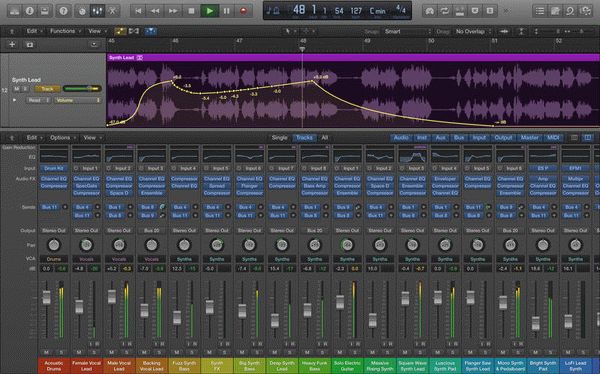

Group related tracks, audition alternate versions and consolidate multiple tracks. As your song develops, Logic Pro for macOS helps organize all your ideas and select the best ones. Capture your compositions and performances - from tracking a live band to a solo software-instrument session - and flow them into your songs. The file path is as follows: Macintosh HD > Library > Audio > Plugins > Components.Logic Pro X turns your Mac into a professional recording studio able to handle even the most demanding projects. You’ll need to copy the Component plugin file into the plugins folder on your computer. So, you’ll need to use the Audio Unit (.component) version of the downloaded plugin for installation. Only Audio Units (.component) plugins are compatible with Logic Pro X. When you’ve unzipped the download, you should find your plugin in several different formats, like VST, VST3, and Component. Once you’ve downloaded your plugins, the next step is to manually install them in the system. Luckily these days, nearly every plugin developed is cross-platform. Of course, Logic is a Mac OS-based DAW, so you’ll need to make sure your plugins are Mac compatible. You guessed it: the first thing you’ll need are third-party plugins to install! If you don’t already own some, you can visit Bedroom Producers’ Blog, where you’ll find dozens of free VSTs conveniently organized by category. He’s an expert in Apple’s Logic Pro X software, and in this lesson he teaches you how to install plugins for the first time. His unrelenting pursuit of excellence in the studio, and decades of work as a musician has brought him to the forefront of the music industry, where his credits include: TV commercials, emerging artists, and a profusion of live sound engineering engagements.


Mark Goslett is a London-based music producer and member of the Music Producers Guild.


 0 kommentar(er)
0 kommentar(er)
